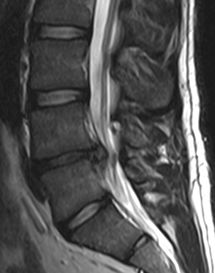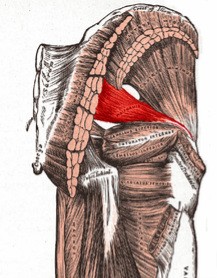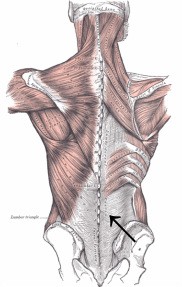HERNIATED OR DEGENERATIVE DISC, PIRIFORMIS
SYNDROME, OR ADHESED THORACOLUMBAR FASCIA?
Firstly, although Grant was in severe pain, he did not have any of the classic signs of a Herniated Disc. While it is true that it is possible that his pain was being caused by a Herniated Disc without any of the “Big Three” present, this scenario is not common —- even with what we now know about ASYMPTOMATIC DISC HERNIATIONS. Secondly, Grant is all of 26 years old. While it is certainly possible to have a Disc Herniation at a this age, it is not at the top of the list of my differential diagnosis. Thirdly; although it is conceivable that someone his age could have severe enough Disc Degeneration to cause this kind of pain, without a history of serious trauma in his distant past, I’m not buying it. And fourthly, he had never been to a chiropractor before.
After examining Grant, I told him what an eight-week Spinal Decompression Protocol would cost. Then I told him the things I mentioned in the paragraph above. I checked him for FASCIAL ADHESIONS and adjusted the extremely tight and SUBLUXATED areas of his spine. I gave him some stretches and exercises and told him to come back in a week. His low back pain was dramatically better after just one treatment —- over 50% better. After more of the same on his second visit, he was better yet. Here we are today, two weeks to the day after meeting Grant for the first time, and he is pain free and able to function normally for the first time in three years.
HOW TO SOLVE YOUR CHRONIC BACK PROBLEM
INFLAMMATION is the driving force behind practically all health problems — including many types of back pain. For a list of all of the problems that are considered to be “Inflammatory” simply click the link. This same link will also tell you practically everything you care to know about Inflammation as well. Interestingly enough, Disc Herniations are on the list. That’s right folks; while no one can deny that there is a mechanical component to a Disc Herniation, the truth is that these problems are now being thought of as being largely due to Inflammation — particularly one of the components of Inflammation called TNF-alpha (Tumor Necrosis Factor,
TNFα, cachexin, or cachectin are synonymous names). Wikipedia cites 10 different peer-reviewed studies in the paragraph below.“There is now recognition of the importance of “chemical radiculitis” [radiculitis is SCIATICA] in the generation of back pain. A primary focus of surgery is to remove “pressure” or reduce mechanical compression on a neural element: either the spinal cord, or a nerve root. But it is increasingly recognized that back pain, rather than being solely due to compression, may also be due to chemical inflammation. There is evidence that points to a specific inflammatory mediator of this pain. This inflammatory molecule, called tumor necrosis factor-alpha (TNF), is released not only by the herniated disc, but also in cases of disc tear (annular tear), by facet joints, and in spinal stenosis. In addition to causing pain and inflammation, TNF may also contribute to disc degeneration.”
This helps explain the ADH’s (Asymptomatic Disc Herniations) that I mentioned earlier. It also
helps us begin to understand why the final part of the quote from the top of the page is true. “Any correlation between clinical symptoms and radiological signs of degeneration is minimal or nonexistent.” When you look at studies trying to correlate back pain with degenerative changes, Herniated Discs, or other signs commonly seen on X-rays or MRI’S, this is what you find. I am certainly not trying to say that Spinal Imaging has no place. It’s just that it is certainly not the be-all-end-all we have been led to believe it is. Probably why a group of physicians looking at world-wide back pain, stated in the June 2005 issue of African Health Sciences that, “Low back pain exists in epidemic proportions in the western world and is on the increase there. The findings indicate that low back pain of non-specific aetiology is the commonest cause of back pain.“The great thing is, most of this can be dealt with non-invasively. CONTROLLING INFLAMMATION and following the advice on our “Top Ten” list above is a great place for most of you to start.






